Review of “The Australian Bird Guide” by Peter Menkhorst, et al. 560 pages. Over 240 color plates. Princeton University Press. paperback. 2017. $39.95.
Harry Fuller writes: Long separated from the nearest major continent, Australia has many endemic species and is a birder’s wonderland for all the lifers awaiting you there. I have never been but my good friend and fellow bird-nut, John Bullock and his wife Stephanie visit there often. Their son lives there with his family. So here is a review of Princeton latest guide to Aussie birds, by guest reviewer, John Bullock:
Australia Bird Guide Review
If you’re an Australian birder, with the challenge of over 900 species to
identify, your choice of guidebooks has recently been expanded by the
production of The Australian Bird Guide, a stunning and very complete work of
art and science, the making of which has consumed over ten years, involving
over 200 citizen contributors (think eBird on a small scale).
The impetus for a fresh guide to Australian avifauna was initiated by the
head of the Australian Scientific Research Organization, who secured the services
of Jeff Davies, one of the country’s pre-eminent bird illustrators. Jeff was joined
by five additional authors and illustrators.
Historically, avian artists have depended on museum skins for their
guidebook renderings. Enter digital photography, and a large number of birders
eager to capture pixels of every species in every imaginable pose, in all of their
plumages. For Davies and his partners, this turned out to be a bonanza of over
half a million images.
There are 56 species of Honey Eaters in Australia, many of them very
similar. The digital images have resulted in more accurate illustrations: an
improvement much appreciated by the more determined birder faced with a
Honey Eater, that at first sighting, could be one of ten or twelve similar species.
The guide, in addition to being an amazingly brilliant and vibrantly
detailed collection of illustrations, retains the essential elements of proper
ornithological and taxonomic protocol, as well as the valuable information on
where and when to find Australian birds.
Australia is a unique continent, noted not only for its flora and fauna, but
also for its people. Visitors are always impressed by the friendly open-ness of
Aussies. Having had the fortune to spend part of the past five years there, I can
vouch for this impression, and enlarge it by noting that Australians are very
proud of their relatively young culture and eager to learn about and protect their
environmental heritage. The Australian Bird Guide fits this picture perfectly. Its
a fresh and compelling addition to Australian birding literature, and I look
forward to using it during my upcoming annual sojourn.
–John Bullock



 These four birds were photographed by my friend, Cherry Gregory, on a recent trip to southern Africa. Top to bottom: Crested Barbet; Trumpeter Hornbill; Gray-crowned Crane; Saddle-billed Stork. Thanks for sharing, Cherry.
These four birds were photographed by my friend, Cherry Gregory, on a recent trip to southern Africa. Top to bottom: Crested Barbet; Trumpeter Hornbill; Gray-crowned Crane; Saddle-billed Stork. Thanks for sharing, Cherry.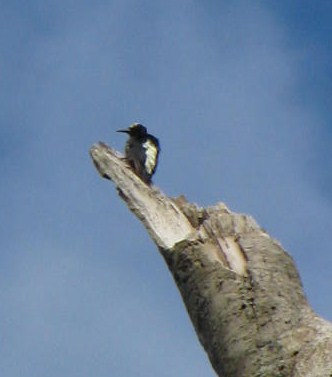 Great Ani:
Great Ani: Hoatzin at Sani Lodge:
Hoatzin at Sani Lodge: Squirrel monkey:
Squirrel monkey:

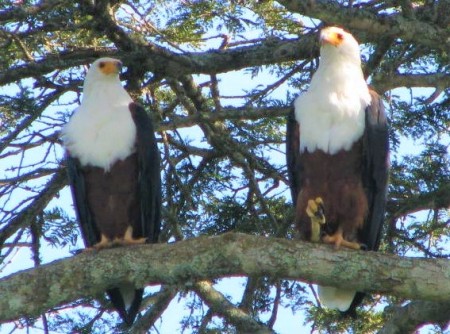




 In several marshes the Trumpeter Swans and cranes were feeding side by side.
In several marshes the Trumpeter Swans and cranes were feeding side by side.
 Sauvie Island usually has the northernmost wintering populations of cranes in North America. In Europe the Common Crane may winter even further north, not far from Troyes, France.
Sauvie Island usually has the northernmost wintering populations of cranes in North America. In Europe the Common Crane may winter even further north, not far from Troyes, France.




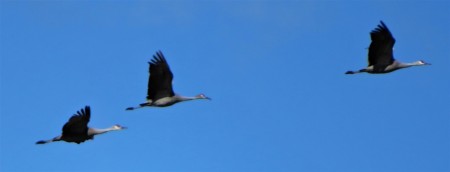



 Riding tail winds or seeking thermals cranes may migrate at elevations up to 15,000 feet. Some cranes in Asia fly over the Himalayas thus topping 20,000 feet elevation.
Riding tail winds or seeking thermals cranes may migrate at elevations up to 15,000 feet. Some cranes in Asia fly over the Himalayas thus topping 20,000 feet elevation.

 If you would like to see these cranes, Trumpeter Swans, Wrentit, Black Oystercatcher, Rhino Auklets, Marbled Murrelets, all three scoters and other Pacific Northwest specialties, contact us about a winter visit to the Pacific Northwest.
If you would like to see these cranes, Trumpeter Swans, Wrentit, Black Oystercatcher, Rhino Auklets, Marbled Murrelets, all three scoters and other Pacific Northwest specialties, contact us about a winter visit to the Pacific Northwest.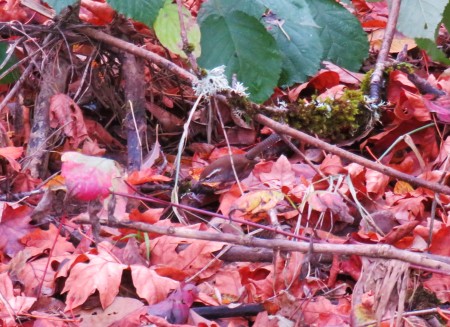
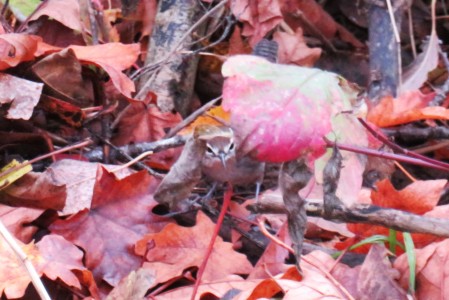

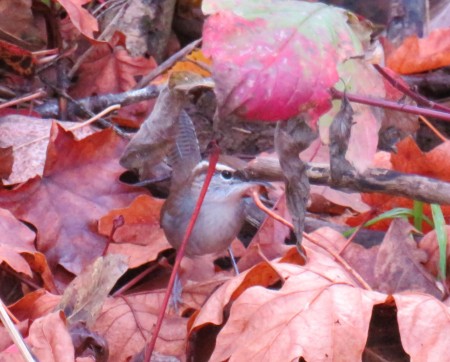






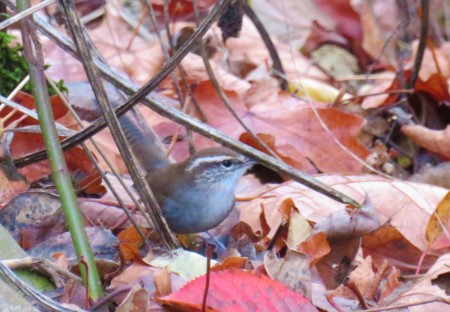
 Our guide, Harry Fuller, got these images while birding in Oregon’s Willamette Valley where he lives.
Our guide, Harry Fuller, got these images while birding in Oregon’s Willamette Valley where he lives.
 Both pictures by Mel Clements, top bird at Two Pine Meadow, the lower bird west of Howard Prairie Lake on private land. Both locations can be checked from public roads without disturbing the owls’ hunting territory.
Both pictures by Mel Clements, top bird at Two Pine Meadow, the lower bird west of Howard Prairie Lake on private land. Both locations can be checked from public roads without disturbing the owls’ hunting territory. Jackson County, Oregon, may have as many or more GGOs than any other county south of Canada. Evidence you do not need to spend big bucks and suffer a Minnesota winter to see Great Gray Owls in the U.S.
Jackson County, Oregon, may have as many or more GGOs than any other county south of Canada. Evidence you do not need to spend big bucks and suffer a Minnesota winter to see Great Gray Owls in the U.S.





